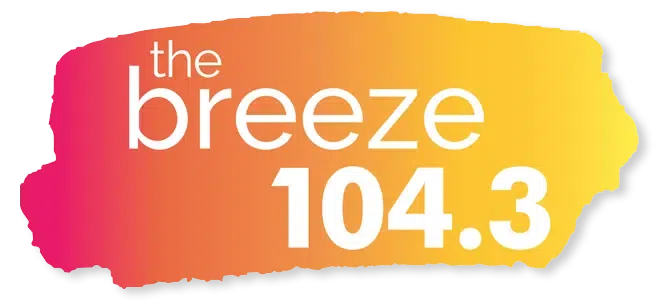Today is (September 25) National One-Hit Wonder Day! The perfect time to look back at five of our favourite one-hit wonders and the stories behind them.
One-Hit Wonder Day was established by music journalist Steve Rosen back in 1990 to pay tribute to those who have had their five minutes (or less) of fame and subsequently vanished, leaving us only a catchy songs to remember them by.
“Hooked On A Feeling” – Blue Swede
“Hooked on a Feeling” is a 1968 pop song written by Mark James and originally performed by B. J. Thomas. In 1974, the Swedish pop group Blue Swede did a cover version, which included the “ooga chaka” introduction from Jonathan King’s 1971 cover. Their arrangement was inspired by a bootleg recording of Do You Like Worms? from the unfinished album Smile by the Beach Boys.
“Video Killed the Radio Star” – Buggles
“Video Killed the Radio Star” music video was written, directed, and edited by Russell Mulcahy, and is well-remembered as the first music video shown on MTV in the United States at 12:01am on 1 August 1981. The song written by Trevor Horn, Geoff Downes and Bruce Woolley in 1978. It was first recorded by Bruce Woolley and The Camera Club (with Thomas Dolby on keyboards) for their album English Garden, and later by British group the Buggles, consisting of Horn and Downes.
“Come On Eileen” – Dexys Midnight Runners
“Come On Eileen” won Best British Single at the 1983 Brit Awards and in 2015 the song was voted by the British public as the nation’s sixth favourite 1980s number one in a poll for ITV. It was ranked number 18 on VH1’s 100 Greatest Songs of the ’80s.
“Tainted Love” – Soft Cell
Soft Cell’s 1981 synth-pop hit “Tainted Love” is a remake of a 1964 Gloria Jones song. Jones’ song was a B-side to “My Bad Boy’s Comin’ Home,” a Motown single that flopped.
Jones’ “Tainted Love” blew up in the UK’s Northern soul scene in the ’70s after British club DJ Richard Searling bought a used copy on a trip to the US. After “Tainted Love” got a boost from the Northern soul scene, Gloria Jones recorded a new version in 1974, but it failed to chart.
When Soft Cell decided to give the song a go in 1981, they changed the key and slowed the tempo. They worked with producer Mike Thorne to create the electronic arrangement for the song.
“Spirit in the Sky” – Norman Greenbaum
Set to be a “religious-Rock” song, Jewish Norman Greenbaum used “Jesus” thinking (correctly) that it would be more marketable this way…he was right. In his own words – “”I’m just some Jewish musician who really dug Gospel music. I decided there was a larger Jesus Gospel market out there than a Jehovah one.”
Norman’s take on the song –“It appeals to one’s inner self and the need for redemption, plus, heck, who wants to go to hell?”













